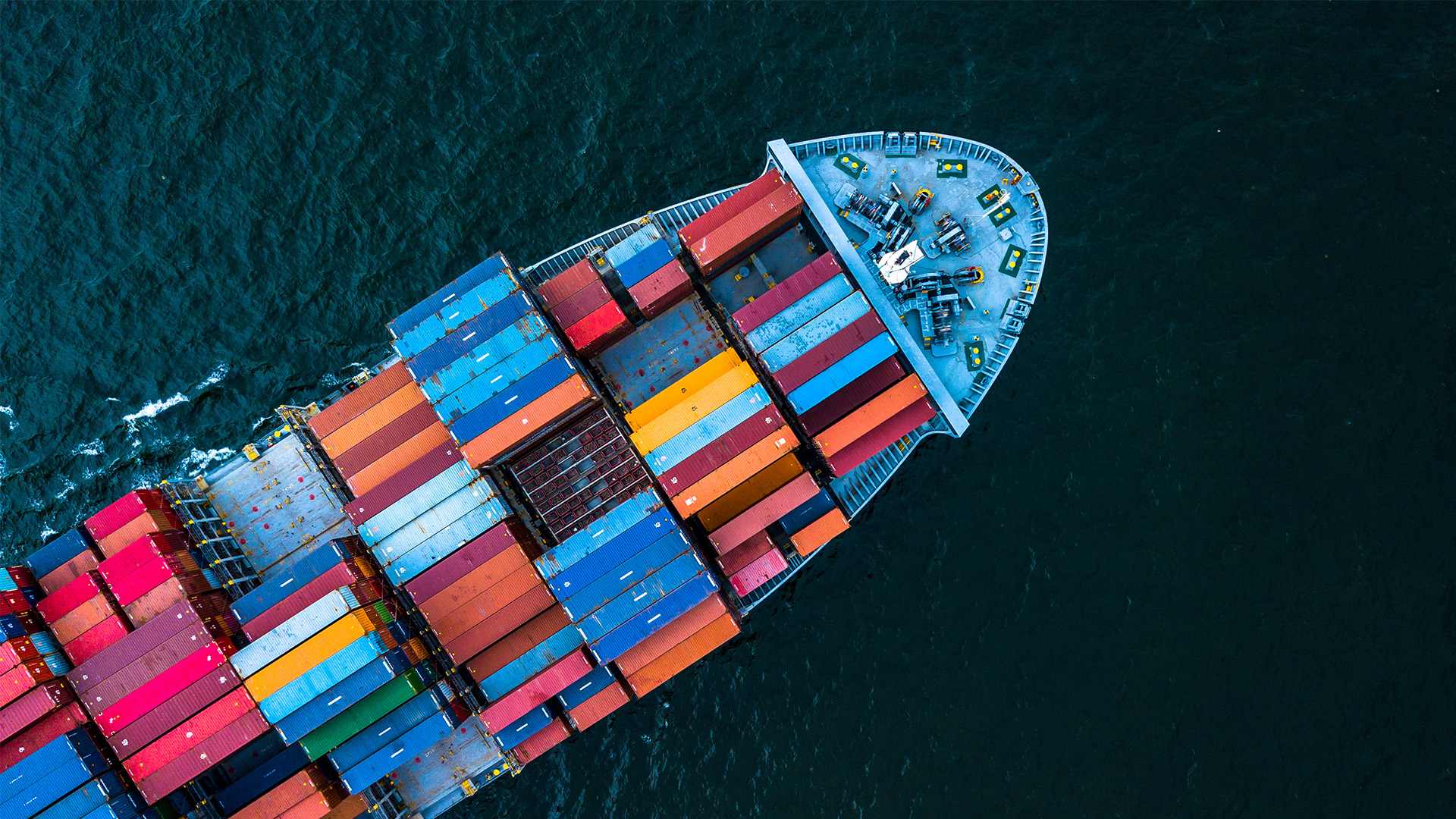
In some western markets, free trade is in question. What does this mean for Asia?
In President Trump’s inaugural speech, he declared “From this day forward, a new vision will govern our land. From this day forward, it’s going to be – only – America First. America First.”
Recently, his rhetoric has softened somewhat. At last week’s World Economic Forum meeting at Davos, Trump pronounced “America First does not mean America alone”. He added that “when the United States grows so does the world”.
However, evidence of Trump’s protectionist sentiment has not been hard to find. In January 2017, Trump withdrew from the Trans-Pacific Partnership (TPP). Likewise, Trump’s administration is currently renegotiating the North American Free Trade Agreement (NAFTA), a pact being drawn up by the US, Canada and Mexico.
These developments have considerable implications for world trade. Natalie Blyth, Global Head of Trade and Receivables Finance at HSBC, says that trade “is more contentious now than it has been for decades,” noting that from the US’ decision to pull out of the TPP to negotiations over Britain’s future relationship with the EU, “trade is at the heart of public discourse and it’s proving divisive.”
Impact on Asia
“It would be hard for me to think of any region that’s benefited more from free trade than Asia,” comments Atul Jain, Head of Trade Finance – Asia Pacific at Deutsche Bank. “The reality is that most nations in the region – with perhaps the exception of India – have really defined their strategies as export-led over the last few decades.” Jain points out that almost 40% of global trade cuts through the region, with intra-Asia trade constituting about a third of that volume.
Jain says that rhetoric around protectionism “certainly has people worried”, noting that it is becoming very much a western world phenomenon – “which is interesting, because over the last few years, these are the markets that have been promoting an open trade environment and really championing the WTO.”
Resurgence of the TPP
While the success of the TPP will obviously be tempered by the withdrawal of the US, it may not all be bad news. As Aziz Parvez, Managing Director, Head of Asia Pacific Trade & Supply Chain Finance at Bank of America Merrill Lynch, explains: “All of the other countries have come together, under the new name of the Comprehensive and Progressive Agreement for Trans-Pacific Partnership (CPTPP).”
Parvez says that while the value of the agreement would have been even greater if the US had been included, it is still meaningful. “The markets we’re talking about include 500 million people, with a combined GDP of US$10trn,” he notes. “The agreement could potentially allow companies to move goods, services and investment between member markets seamlessly.”
One Belt, One Road
Meanwhile, a number of developments in Asia are adding some different dynamics to the evolving trade landscape. Jain says that with China taking a stronger role, the balance of power in the region is shifting – and that this is giving rise to the idea of an Indo-Pacific trading bloc, including the United States, India, Japan and Australia.
At the same time, China’s ambitious ‘One Belt, One Road’ initiative – also known as the Belt and Road initiative – is also attracting considerable attention. One Belt, One Road is a development strategy which aims to create new economic corridors spanning more than 60 countries across Asia, Europe, the Middle East and Africa, and covering 60% of the world’s population. The initiative could see China injecting as much as US$150bn per year into a wide range of infrastructure projects connecting China to other countries.
Parvez says that in combination, developments like One Belt, One Road and the CPTPP bode well for the future of global trade. “For me, both of these initiatives are a reason for optimism,” he says. “I believe they will help drive trade growth across the globe, opening up a lot of opportunities for the participating countries.”
What are businesses doing?
Jain says that while companies may be watching and waiting for these developments, there is “a very constructive, positive attitude”. Consequently, many clients are “looking at One Belt, One Road and thinking about how they can capture part of that value chain and participate in those corridors.”
Jain says that one of the messages the bank is giving clients is to start looking at ASEAN as a destination for goods and services, rather than just a source. Another is that corporates should centralise their treasuries.
“It’s difficult to predict when significant currency volatility is going to take place, and it’s difficult to predict how and when capital controls will materialise,” Jain notes. “So having the flexibility to really think through that and be dynamic about how they manage treasury is critically important for our clients.”